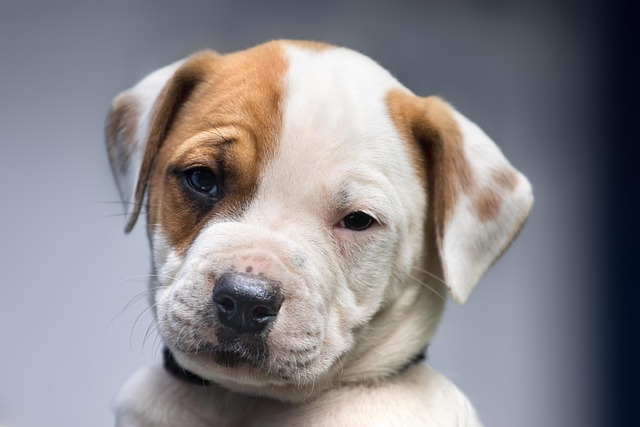
How to crate train a dog with separation anxiety?
Many new dog owners notice the same pattern: grabbing your keys triggers whimpers, paws scratch at the door, and suddenly your pup is in full panic mode.
If you’ve ever pulled your hand back with a yelp after your dog’s playful nip turned a little too sharp, you’re probably eager to teach them gentler habits. New dog owners often struggle with this—wondering how to stop the biting without killing the fun of playtime. Take my neighbor’s experience: Her 5-month-old pit bull puppy, Diesel, loved to grab her fingers during fetch, and while he never meant to hurt her, his sharp puppy teeth left tiny marks. She worried he’d grow into a dog who bit too hard, but with simple, kind training, he learned to keep his jaws soft. Teaching your dog not to bite hands is all about redirecting their energy and rewarding the behavior you want.
Dogs—especially puppies—explore the world with their mouths, and biting hands often starts as curiosity or excitement during play. Puppies learn bite inhibition (controlling how hard they clamp down) from their littermates, but when they’re with humans, we need to step in and teach them that hands are not toys. The key is to make hand-biting less rewarding than other behaviors. When a dog nips your hand and you yelp, pull away, and stop playing, they learn that biting ends the fun. But if you then offer a toy and keep the game going when they grab that instead, they quickly figure out: “Toys mean play continues—hands mean it stops.”
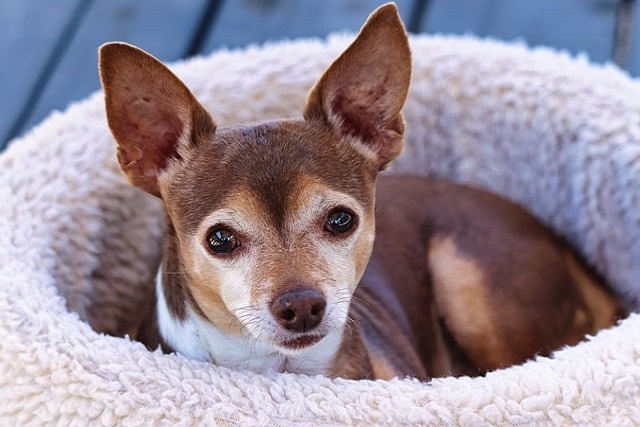
Here’s how to put it into practice. When your dog goes for your hand, let out a calm “uh-oh” (not a loud yell, which can excite them more) and freeze—no eye contact, no movement. Wait 3 seconds, then pull out a favorite toy, like a rope or rubber chew. As soon as they start gnawing on the toy, praise them warmly: “Good choice!” and resume play. Repeat this every time they nip your hand, and be consistent—even a little bite gets the same reaction. My friend did this with Diesel, and after a week, he started looking for his toy whenever she reached out to play. For puppies, short training sessions (5 minutes, 3 times a day) work best—they have short attention spans. In apartments, keep playtime quiet to avoid disturbing neighbors, and choose toys that don’t make loud noises when chewed.
Teaching bite control ties into responsible dog ownership. Keep your dog’s rabies vaccine current—all U.S. states require it, and a well-trained dog is safer in public. When out walking, carry poop bags (fines for littering can hit $150 in many cities) and practice the same rules: if they nip at your hand during a walk, stop moving until they calm down, then offer a toy. Never hit or scold your dog for nipping; punishment makes them afraid of your hands, which can lead to more fear-based biting. Instead, focus on positive reinforcement—rewards for good behavior stick better than scolding for mistakes. With patience, your dog will learn that hands are for petting, not biting, and playtime will be fun for both of you.

Many new dog owners notice the same pattern: grabbing your keys triggers whimpers, paws scratch at the door, and suddenly your pup is in full panic mode.

Finding little surprises around the house is part of puppy parenthood, but that doesn’t mean it has to last. A new pup doesn’t know your rules—they’re still figuring out their own body signals, let alone where to go when nature calls.
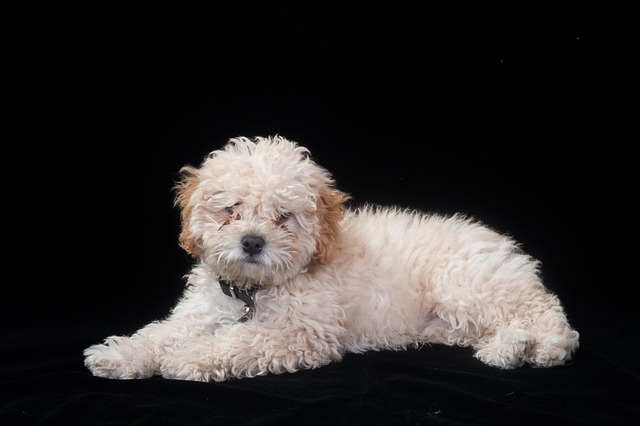
Teddy bear puppies, with their squishy faces and fluffy coats, melt hearts easily—but when it comes to potty training, their cute exterior doesn’t always translate to smooth sailing.
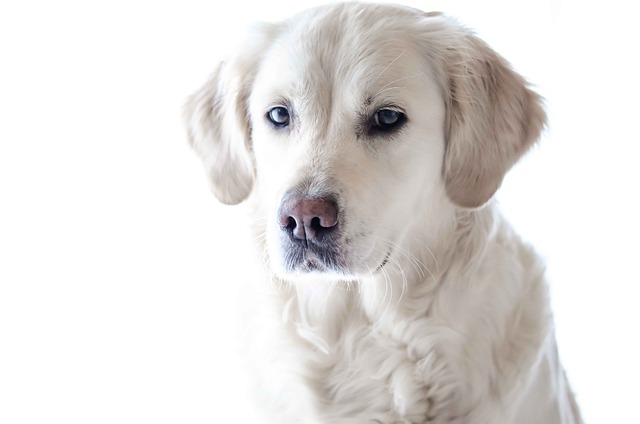
That stubborn moment when your dog plants all four paws like a furry statue during your neighborhood stroll - while frustrating, this behavior usually signals something deeper than
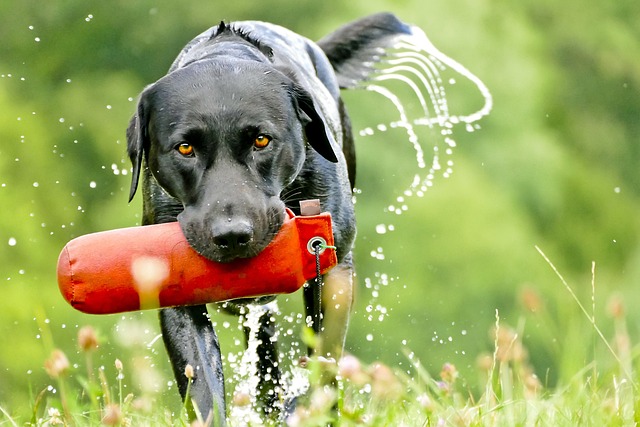
That moment when you're trying to navigate your narrow apartment hallway and your Golden Retriever becomes an immovable furry roadblock
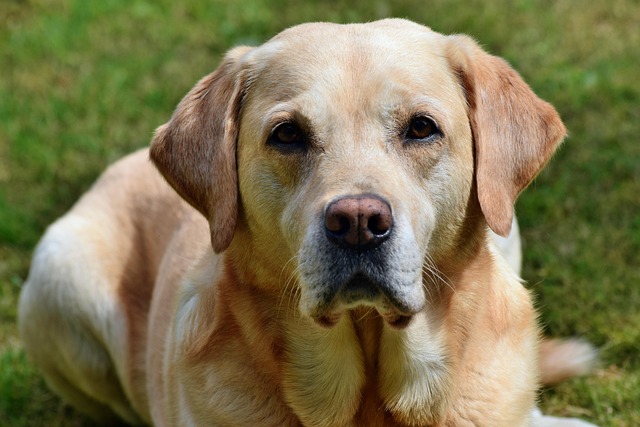
Dogs are creatures of habit, and when they start using their crate as a bathroom, it’s usually a sign something’s off in their routine or environment.